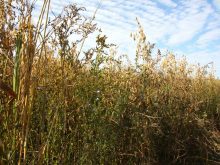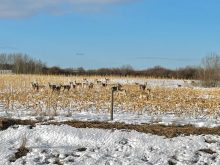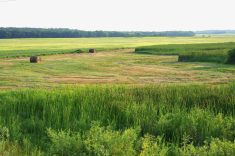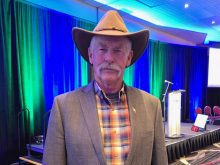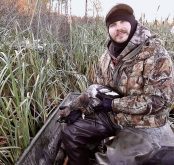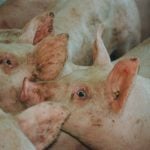Four farms linked to the Manitoba Forage and Grassland Association will be counting birds this summer.
The new study, a joint brainchild between the MFGA, Manitoba Wildlife Branch and Manitoba Important Bird Area, will gauge bird populations on dairy, beef, grain and mixed farms that are also proponents of regenerative agriculture.
All the farms belong to members of the MFGA board and are in the Assiniboine West and Souris watershed districts of western Manitoba.
Read Also

Seeding Indigenous agricultural prosperity
National Circle for Indigenous Agriculture and Food says Indigenous agricultural success needs strong relationships.
The point, according to the association, is to “explore the benefits of regenerative agriculture to birds on four different farm operations.”
“This is an exciting partnership project for MFGA,” said association chair Lawrence Knockaert. “Increasingly, as we focus on the soil health benefits of regenerative agriculture practices, more and more producers are getting interested in some of the benchmarks on their farms.”
Bird populations are one ecological benchmark, he noted, “specifically how the birds are interacting with or responding to the respective regen-ag farming practices.”
Bird conservation groups and the cattle sector have long touted the role of cattle land in preserving bird species. The root of that argument lies in the relative scarcity of grassland bird habitat in agricultural areas of the Prairies outside of what is used for pasture.
Regenerative agriculture advocates might also point to the emphasis given to biodiversity within their production practices.
The first step of the study will include pre-survey conversations between the farmers and the bird experts they’ll be inviting onto their farms.
According to Knockaert, that initial consultation will convey the production practice history of the farm, on-farm knowledge and any required direction pertaining to the survey areas.
The survey team itself will be made up of experts from the Manitoba Wildlife Branch, led by biologist Tim Poole.
The survey will use point counts to measure bird activity, Poole said.
“During a single point count, all birds present—either seen or heard—within a five-minute fixed time period are noted,” he said. “The exact area selected for counting will be decided ahead of time in consultation with the farmers and the total number of points will be determined on a site-by-site basis during the monitoring period.”
Species, number of birds, distance from the surveyor and breeding code will all be noted in the study. All observed species will be recorded, although the project will target species at risk, like the bobolink or Sprague’s pipit.
Each participating producer can expect a detailed report following the survey, and final results will be presented during the 2023 Regenerative Agriculture Conference hosted by the MFGA later this year.



